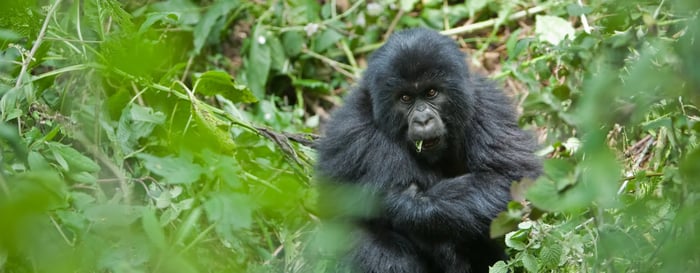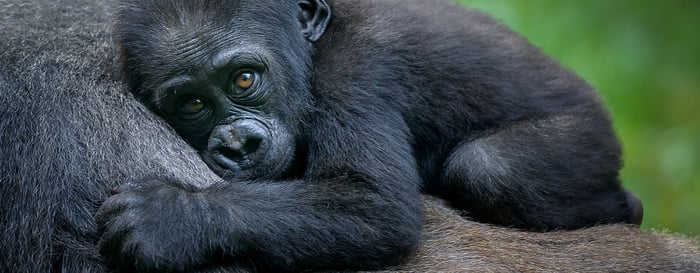The dizzying plateaus of Tibet are known for many things – glittering temples, statuesque mountains and being the home of the Dalai Lama. But now if one social enterprise is set to have its way, it will also be known for fashion. For among the lush Himalayan valleys can be found a textile that’s as soft as cashmere and warmer than wool, and it is now being spun by Tibetan women into sought-after scarves, sweaters and throws for your home.
Harvard graduate Carol Chyau first stumbled across yak hair when taking part in a university field trip in the Yunnan province in 2006. The aim of the trip was to see how social enterprises were developing in other parts of the world, but after she saw the nomads weaving the soft yak hair into clothing, she decided that rather than just write a thesis about social enterprises she would launch one of her own.
Her efforts have now caught the attention of Forbes, Cartier and G2000 who made her part of its Gen2 Campaign, which features entrepreneurs whose goal is beyond material success.

Chyau was blown away by the quality of the fabric. But as she discussed what she saw with the leaders of the tour they explained that while the yaks were abundant, the city slickers were yet to discover Tibetan cashmere.
The herders were in no doubt about the yaks’ value. They used their milk to make cheese, hair for tents and clothing and dung for fuel. But these shaggy creatures were their only riches. The herders were cash poor, and struggled to achieve a sustainable income.
Though Chyau could see immediately see how she could change that. With each herder owning around 30 to 40 yaks each, Chyau could see how she could kickstart a new business venture without having to change their traditional lifestyle. They could combine the skills that had been passed down through the centuries with their lumbering assets to create a hillside textile industry. “The nomads’ connection with the yaks was exceptionally beautiful. I fell in love with the land and the people,” says Chyau.

However, while Chyau had studied not-for-profit businesses, fashions and textiles were knew to her. So she returned to the US to do her research. “I found this 300-page paper from the United Nations that said ‘Yak fiber is comparable to cashmere.’ This line gave me the courage to move forward and launch Shokay,” says Chyau.
She then Googled, cold called and flew to China to make numerous factory visits. As they tried to produce the products on a larger scale they faced constant trial and error. From working hard to find the perfect dye, to challenging the mix of materials and blends. As they wanted to create a luxury product they also needed to work with the herders on which yak fibres to collect. “They needed to know that we want the down and not the hair; that we want separation by colours, and that it’s better to comb rather than cut the hairs in order to prevent short hairs,” says Chyau.
They also tested the skill of the factories. They were used to working with traders, but Chyau’s exacting standards really put them to the test. However, Chyau’s team soon earnt their respect as they stuck to arranged prices, continued to demand quality, and made it clear that they were serious about working in the area.

The knitters that they found on Chong Ming Island were adept at creating beautiful buys, but they were also put to the test as Shokay wanted to change styles each season.
And at the end of it all they were able to make their first buy – the incredibly soft Serene scarf, which is still their best-selling item 10 years later.
Chyau says Shokay’s success was due to a lot of goodwill. “From the herders who chose to sell their precious fiber to complete strangers, to factories who were happy to work with a fibre for which there was no demand, to the Fashion Institute of Technology professors and students who experimented with the yarn… We couldn’t have done it without them,” says Chyau.

The aim of Shokay was to surprise buyers. “We like to give them an element of surprise. Most people haven’t felt yak products before, so are generally surprised by how soft and warm it is,” says Chyau. “Our products spark a lot of curiosity. We want people to think that we have really considered the making and value of our products – every thread of the way.”
Chyau went on to sell Shokay buys online, through Banyan Tree boutiques and open two stores in Shanghai and Taiwan. And now they are also working with other brands and designers to help them use Shokay fabric in their own designs.
“It’s been a long and challenging journey, but through this I have met many passionate and interesting people, and their encouragement gives me the motivation to keep on going,” says Chyau. “We discovered that the textiles industry is full of opportunities for innovation, and has a tremendous social and environmental footprint, globally. There is a lot of opportunity to create a wide impact.”
Classic Uganda
-
Observe the antics of wild chimpanzees in Kibale National Park, Uganda
-
Take a boat cruise down the Kazinga Channel in search of hippos
-
Spot rare black-maned, tree-climbing lions in Ishasha
-
Be humbled by a gorilla encounter in Bwindi Impenetrable NP
-
Enjoy unbelievable birdwatching opportunities in Africa
Gorilla Trekking in Rwanda
Rwanda Volcanoes National Park
-
Track mountain gorillas in the Volcanoes National Park
-
Chimpanzee trekking in the Nyungwe Forest
-
Spend a day relaxing on the beaches of Lake Kivu
-
Experience the lively markets of Rwanda’s capital, Kigali
-
Witness Rwanda’s lush, natural beauty and warm, friendly people
Uganda Primate Safari
-
Observe family groups of wild chimpanzees in Kibale National Park, Uganda
-
See a huge diversity of primates including the rare L’Hoest’s monkey
-
Hike around stunning volcanic crater lakes
-
Experience two family gorilla groups in Bwindi Impenetrable NP
-
Spot rare birds and butterflies in Bigodi Wetland Sanctuary in Africa
.jpg)







